This page is very much for my own reference, but if it is of use to others then that’s great. Many thanks are due to members of the Great Forum for their breadth and depth of knowledge, and also a willingness to continually share it with others.
And there will be numerous mistakes!
Contents
- Acting Sergeant-Major
- Colour Sergeant (Tunic order and service dress)
- Colour Sergeant Instructor
- Quartermaster Sergeant
- Signalling Sergeant
- Pioneer Sergeant
- Gymnastic Sergeant
- Armourer Sergeant
- Sergeant Bugler
- Scout
- Band
Acting Sergeant-Major
Acting Sergeant-Major John Shepherd wearing service dress (1908-09)
(The Acting Sergeant Major was unique to the VBs and TF until it was abolished in 1915 and Warrant Officers permitted. He was an (ex-Regular) Colour Sergeant Instructor appointed by the CO and wore the unique badge of rank of 4 inverted chevrons with large crown above – thanks to FROGSMILE of GWF for invaluable information)
Colour Sergeant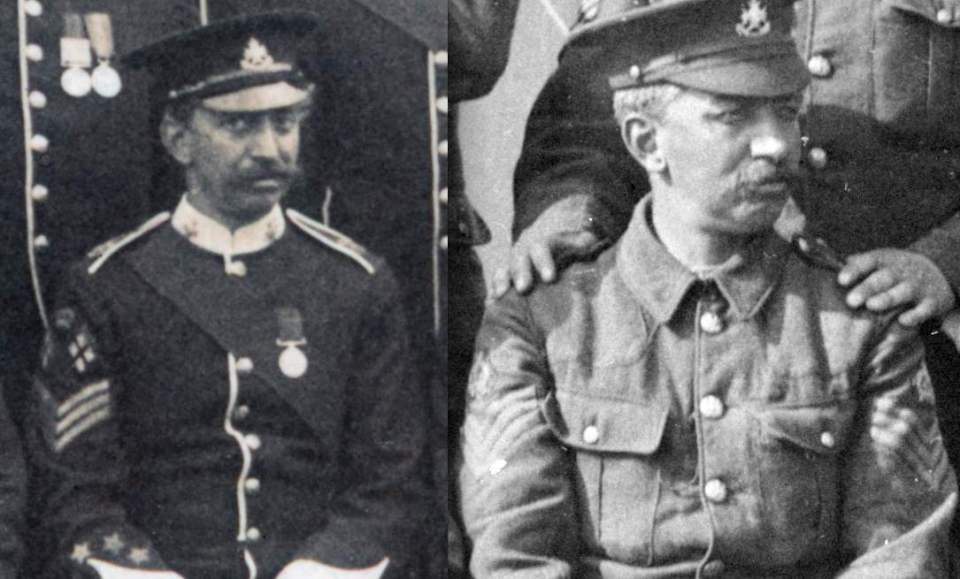
Colour Sergeant Elijah John Hall who lived at 11 Beetwell Street in Chesterfield and was an antique furniture dealer by profession. In the left photograph (1909) he is in Tunic Order and wearing on his right sleeve only, the bullion & silk three chevrons with crossed Union Flags and Crown above. In the right photograph (1911) he is in service dress with worsted three chevrons and a crown above (worn on both sleeves).
On the left is Bill Patrick, Colour Sergeant for “H” Company the 5th Battalion. On the right is a Colour Sergeant serving with the 8th Battalion (possibly serving with “E” (Carlton) Company). He also has an Imperial Service Badge on his sash, three Efficiency Stars and a Territorial Force Efficiency Medal.
Colour Sergeant Muir serving with “B” (Chapel-en-le-Frith) Company, 6th Battalion (c1908).
Note that the crown above the three chevrons is much smaller than the men in the pictures either above or below. Could the larger Crown indicate that the these men are part of the Headquarters Company?
2nd Volunteer Battalion (Grantham) the Lincolnshire Regiment taken in a YMCA tent (c1903-1906). The Sergeant is wearing the Senior NCO Proficiency Star above the chevrons and crown denoting Colour-Sergeant. He also has MusketryMarksman crossed rifles (on left sleeve only) and five efficiency stars (on right sleeve only).

Colour Sergeant of the 5th Battalion (1910) also wears the crossed rifles and crown of best shot in his unit.
Colour Sergeant J Harrison
2nd Volunteer Battalion Sherwood Foresters (1907). Two Sergeants and a Colour Sergeant all with Proficiency Stars.
Colour Sergeant Instructor
TF Regulations 1912:- 3.Permanent Staff - Para 505 Chevrons and badges will be worn as under, and will be of the pattern worn in the unit. Colour Sgt Instructor - Three bar chevrons and crossed rifles and crown on right arm above elbow.(parade dress) Sergeant Instructor - Three bar chevrons and crossed rifles on right arm above the elbow (parade dress) Crossed rifles will not be worn unless the instructor is in possession of a Schoolof Musketry Certificate. With service dress, badges and chevrons will be worn on both arms.
Colour Sergeant Instructor William Lewis Jackson attached to “B” (Chapel-en-le-Frith) Company, 6th Battalion (1909)
Colour Sergeant Instructor attached to “H” (Southwell) Company of the 8th Battalion (1908).
Harry Wall of “F” (Matlock) Company the 2nd Volunteer Battalion Notts & Derby (1907).
Regimental Quartermaster Sergeant
Quartermaster Sergeant John Farnsworth
(four inverted chevrons and 8 point star above)
Signalling Sergeant
91 Signalling Sergeant Joseph Hydes (1911) attached to A Company, 6th Battalion.
Corporal Signaller of the 6th Battalion (c1911).
Pioneer Sergeant
306 Pioneer Sergeant John Beard (1908-1909).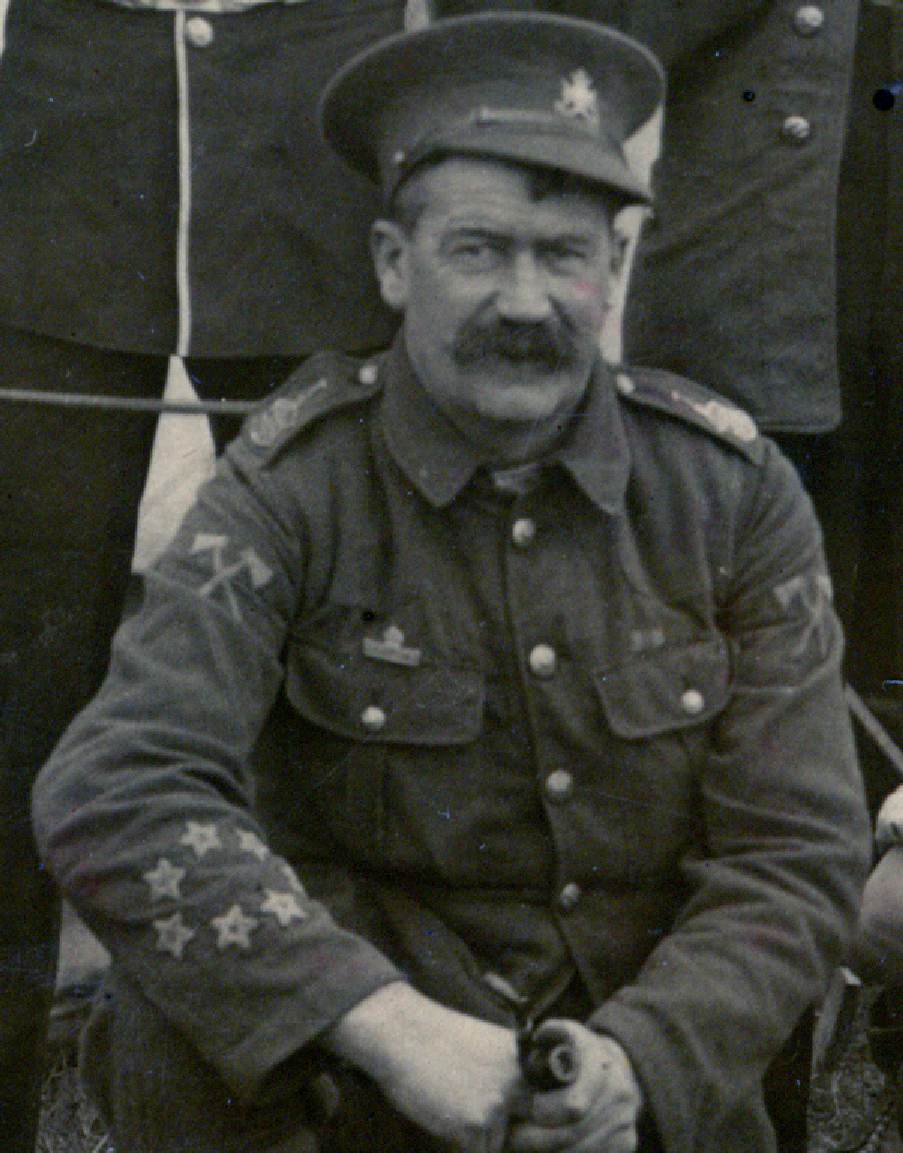
Pioneer Private of the 6th Battalion (c1913) with 7 Proficiency Stars, Imperial Service Badge and what ribbon?
Gymnastic Sergeant
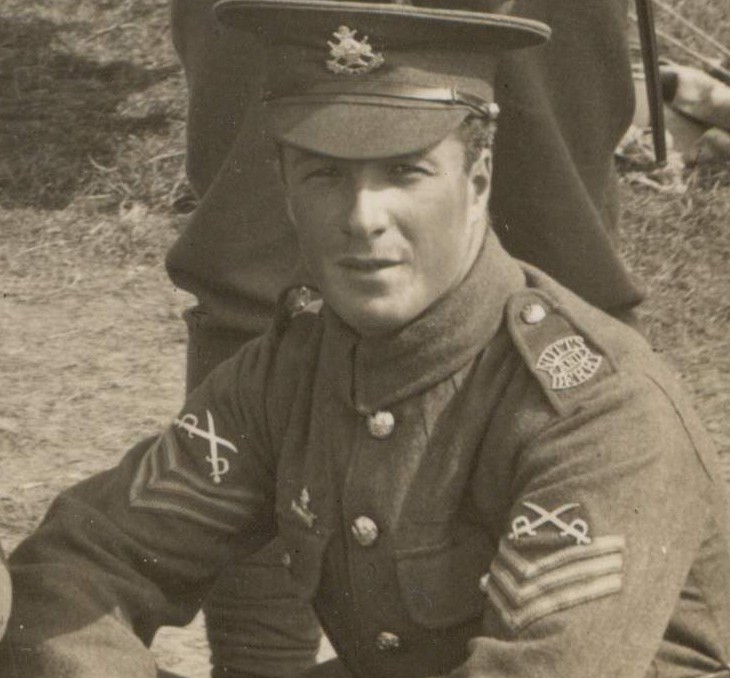
Armourer Sergeant
283 William Fidler of H Company (1909) with Volunteer Long Service Medal
Sergeant Bugler
Sergeat Bugler William Bramwell of A Company, 6th Battalion (1911).
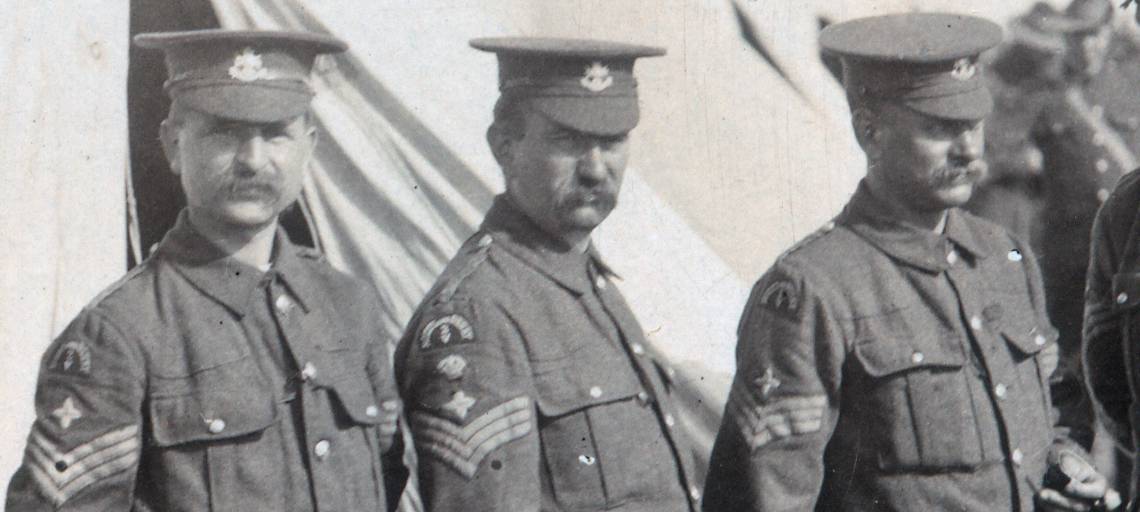

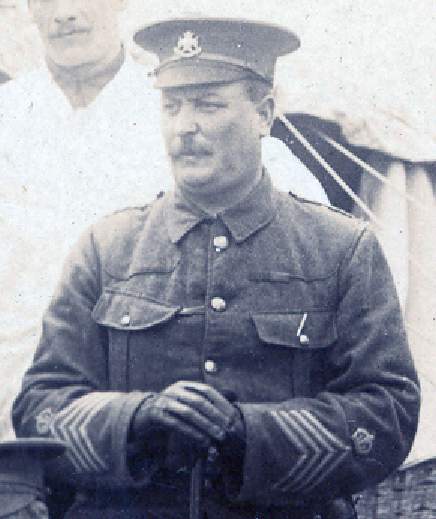
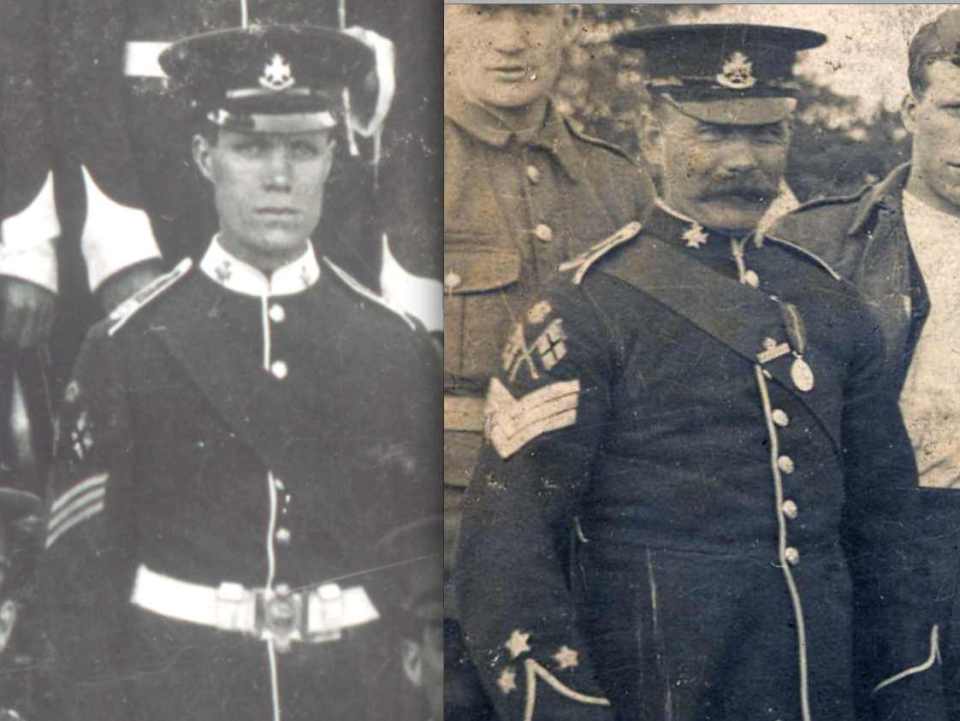
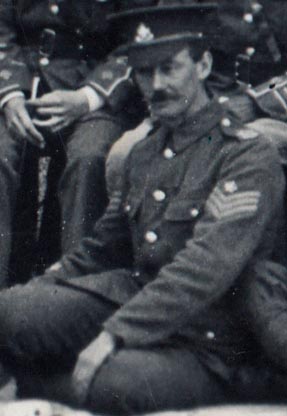

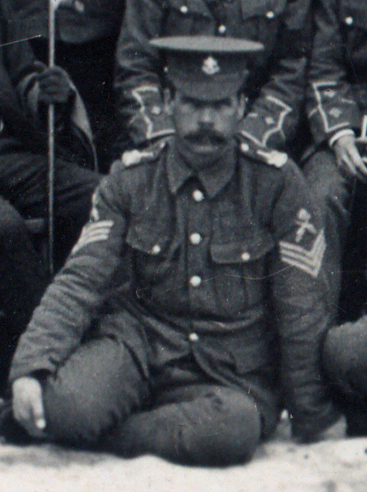
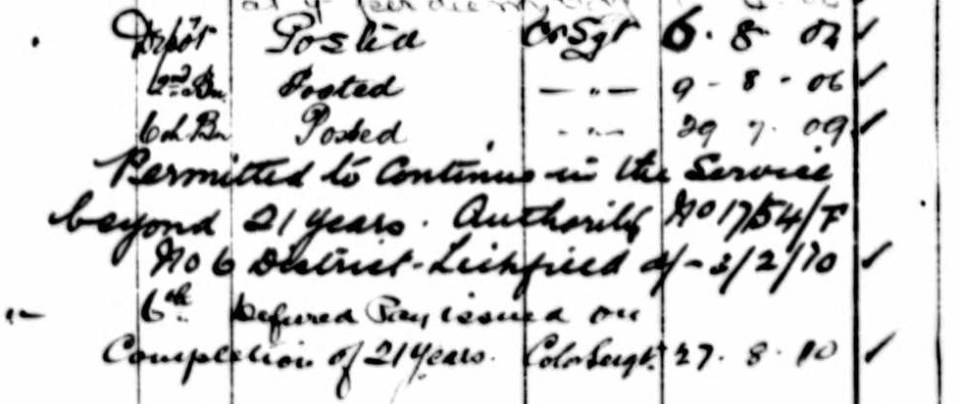
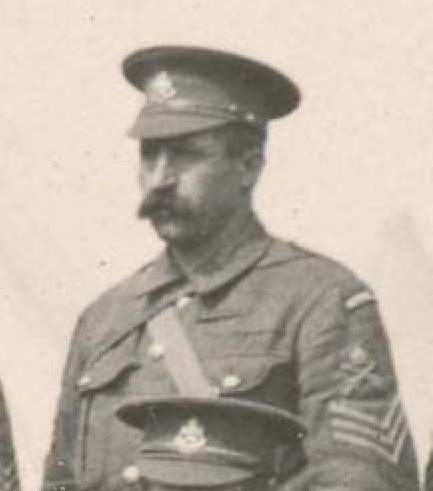




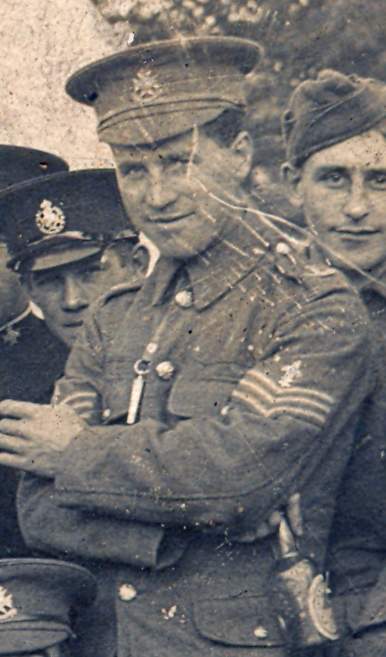


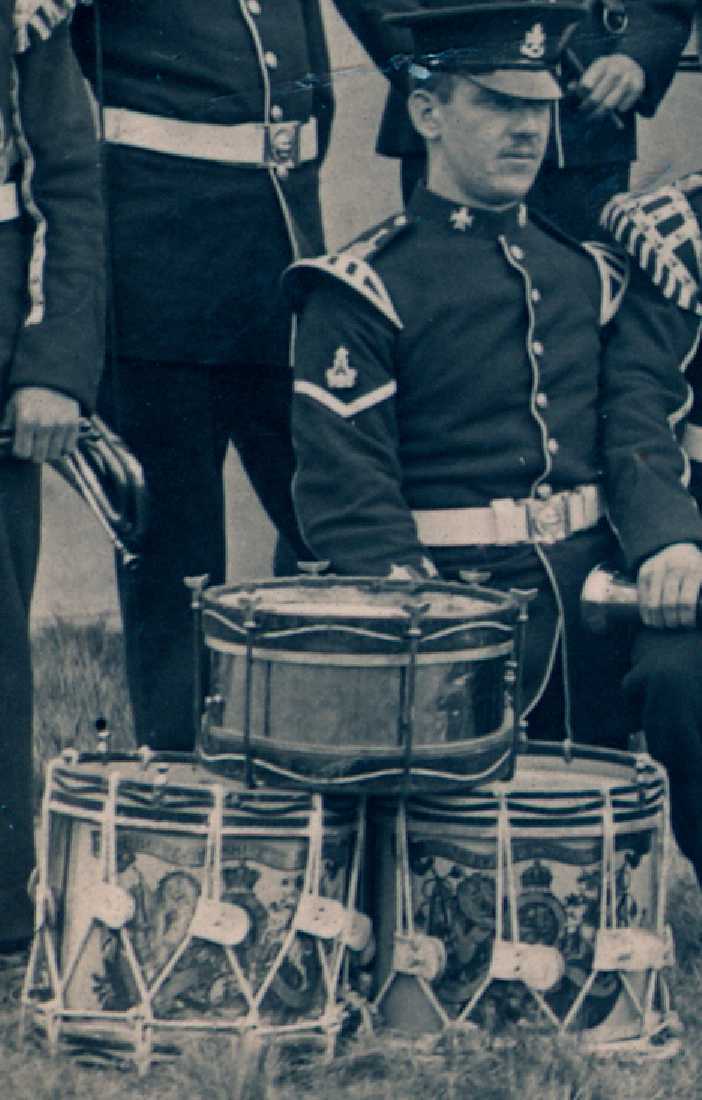



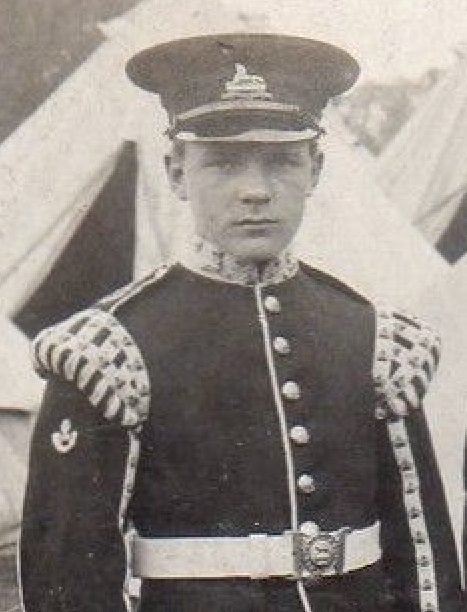
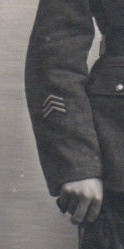
Thank you for such an informative post.